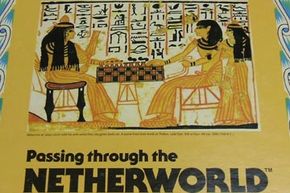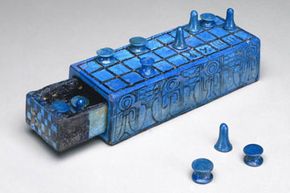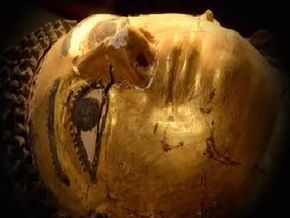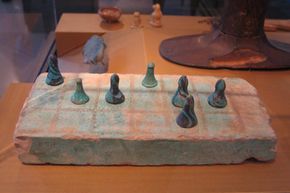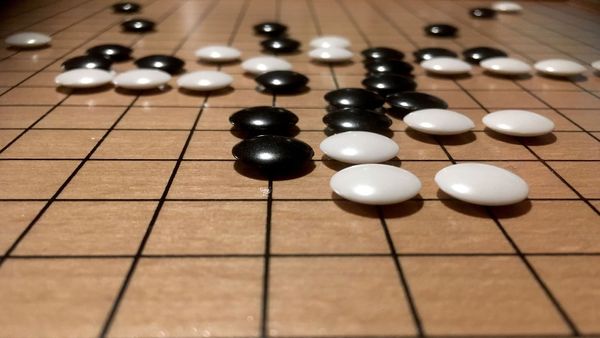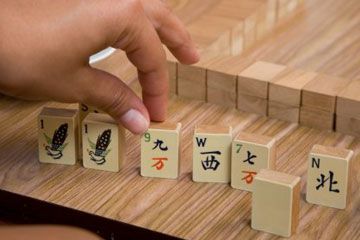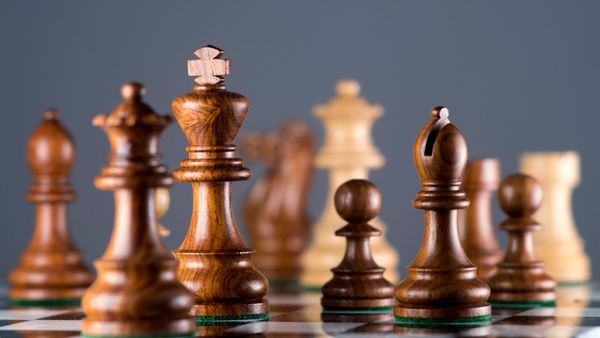For three consecutive days, the skies were misting, the sogginess settling over our spring break plans like a dew-soaked sleeping bag. Instead of camping, my children whiled away the days rolling dice, moving pawns and crafting victory plots -- all while enjoying the vistas of our living room. Although the rain brought a sting of disappointment, it also lent a lovely haze that, like a soft-focus lens, made even this ordinary scene a bit more satisfying.
They may be playing board games for fun (or at least to pass the time), but this wasn't always the case for players of one ancient game. Senet, which originated in Egypt more than 5,000 years ago, carried such cultural and religious significance that it was often entombed with the dead. And it's no wonder: The outcome of a Senet game may have meant the difference between annihilation in the underworld and everlasting life with the gods.
Advertisement
Even the game's name centers on a dual meaning; the word means "passing," and as they play, competitors strive to pass their opponents and pass their pieces off the board, thus winning the game -- or signaling their personal entry into a comfortable afterlife.
Although Senet was played for thousands of years, it fell out of fashion sometime after 400 A.D. -- and the rules were never written down. For decades, Egyptologists and other experts have attempted to reconstruct the game's intricate rules, as well as the nuanced meanings of its board symbols. Most agree the object is to be the first of two players to race the game's pieces along an S-shaped path to the final square on the rectangular board.
Senet may be the forerunner of several modern games, including Backgammon and Parcheesi, whose rules are cut of similar cloth. In Backgammon, for example, a player competes to move his checkers to a home quadrant and then off the board faster than his opponent. And in Parcheesi (which stems from the original Indian classic Pachisi), players attempt to block their opponent's game pieces as they strive to place their own in safe squares on the game board, all while racing to the finish.
Advertisement
